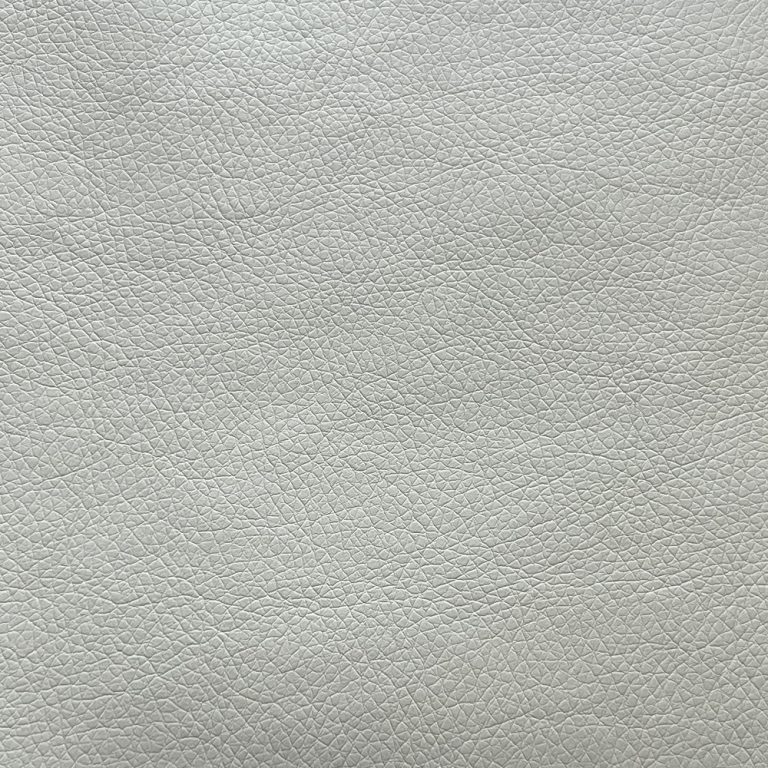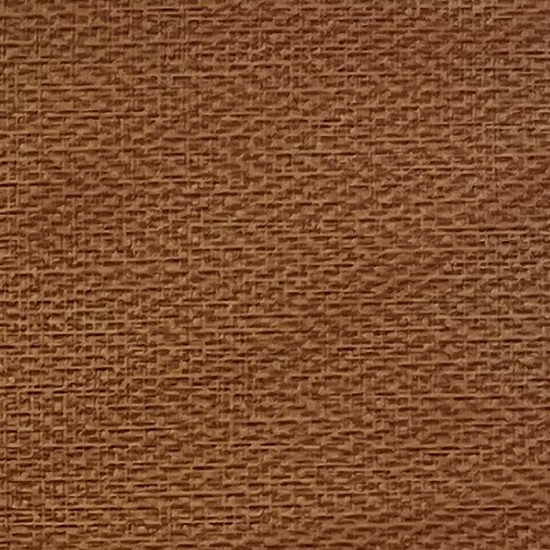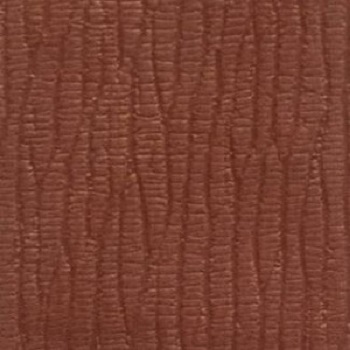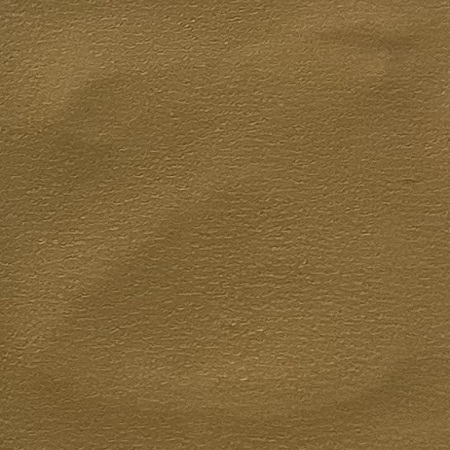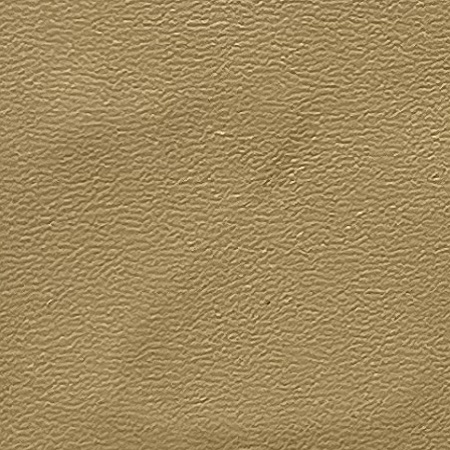إيجابيات وسلبيات بطانة الأحذية PU
البولي يوريثين، والذي يشار إليه عادة باسم PU، هو مادة متعددة الاستخدامات تستخدم في مجموعة متنوعة من التطبيقات، بما في ذلك بطانة الأحذية. أصبحت بطانة الأحذية PU ذات شعبية متزايدة في صناعة الأحذية بسبب متانتها ومرونتها وخصائصها المقاومة للماء. ومع ذلك، مثل أي مادة، هناك إيجابيات وسلبيات لاستخدام بطانة حذاء PU.
إحدى المزايا الرئيسية لبطانة حذاء PU هي متانتها. PU عبارة عن مادة صناعية مصممة لتحمل التآكل، مما يجعلها مثالية للاستخدام في الأحذية التي تتعرض للاستخدام اليومي. بطانة الحذاء من البولي يوريثان مقاومة للتآكل والخدوش، مما يساعد على إطالة عمر الحذاء. بالإضافة إلى ذلك، تتميز بطانة الحذاء المصنوعة من البولي يوريثان بالمرونة، مما يسمح بمزيد من الراحة وسهولة الحركة لمرتديها.
| لا. | الاسم |
| 1 | بطانة داخلية للحذاء |
على الرغم من المزايا العديدة، هناك بعض العيوب لاستخدام بطانة الأحذية PU. أحد العيوب الرئيسية لبطانة حذاء PU هو أنها ليست قابلة للتنفس مثل المواد الطبيعية مثل الجلد. وهذا يمكن أن يؤدي إلى زيادة التعرق وعدم الراحة لمرتديها، وخاصة في الظروف الحارة والرطبة. بالإضافة إلى ذلك، قد لا توفر بطانة حذاء PU نفس مستوى العزل مثل المواد الطبيعية، الأمر الذي يمكن أن يكون مصدر قلق في المناخات الباردة.
الجانب السلبي الآخر المحتمل لبطانة حذاء PU هو أنها قد لا تتمتع بنفس الشكل والملمس الفاخر مثل المواد الطبيعية. مثل الجلود. في حين أنه يمكن تصميم بطانة حذاء PU لتقليد مظهر الجلد، إلا أن بعض المستهلكين قد يفضلون أصالة ومكانة الجلد الأصلي. بالإضافة إلى ذلك، قد لا تتقدم بطانة حذاء البولي يوريثان برشاقة مثل المواد الطبيعية، حيث يمكن أن تكون عرضة للتشقق والتقشير بمرور الوقت.
في الختام، توفر بطانة حذاء البولي يوريثان عددًا من الفوائد، بما في ذلك المتانة ومقاومة الماء والبنية خفيفة الوزن. ومع ذلك، هناك أيضًا بعض العيوب لاستخدام بطانة حذاء PU، مثل انخفاض التهوية والمظهر الأقل فخامة مقارنة بالمواد الطبيعية. في النهاية، يعتمد قرار استخدام بطانة الأحذية PU على الاحتياجات والتفضيلات المحددة للمستهلك. من خلال الموازنة بين إيجابيات وسلبيات بطانة أحذية PU، يمكن للمستهلكين اتخاذ قرار مستنير حول ما إذا كانت هذه المادة هي الاختيار الصحيح لاحتياجاتهم من الأحذية.
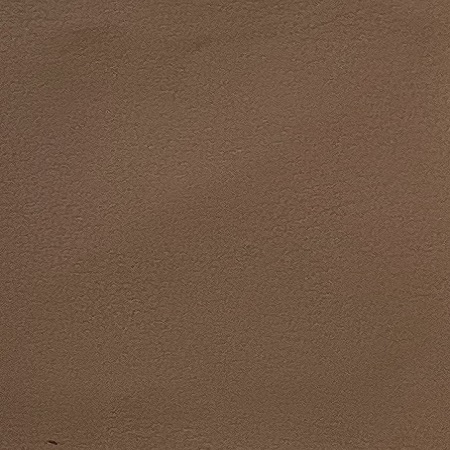
In addition to its durability and water-resistant properties, PU shoe lining is also lightweight. This makes PU shoe lining an excellent choice for athletic shoes, as it helps to reduce the overall weight of the shoe without sacrificing durability or comfort. The lightweight nature of PU shoe lining also makes it a popular choice for casual and everyday footwear, as it allows for greater ease of movement and comfort for the wearer.

Despite its many advantages, there are some drawbacks to using PU shoe lining. One of the main disadvantages of PU shoe lining is that it is not as breathable as natural materials such as leather. This can lead to increased sweating and discomfort for the wearer, especially in hot and humid conditions. Additionally, PU shoe lining may not provide the same level of insulation as natural materials, which can be a concern in colder climates.
Another potential downside of PU shoe lining is that it may not have the same luxurious look and feel as natural materials such as leather. While PU shoe lining can be designed to mimic the appearance of leather, some consumers may prefer the authenticity and prestige of genuine leather. Additionally, PU shoe lining may not age as gracefully as natural materials, as it can be prone to cracking and peeling over time.
In conclusion, PU shoe lining offers a number of benefits, including durability, water resistance, and lightweight construction. However, there are also some drawbacks to using PU shoe lining, such as reduced breathability and a less luxurious appearance compared to natural materials. Ultimately, the decision to use PU shoe lining will depend on the specific needs and preferences of the consumer. By weighing the pros and cons of PU shoe lining, consumers can make an informed decision about whether this material is the right choice for their footwear needs.

